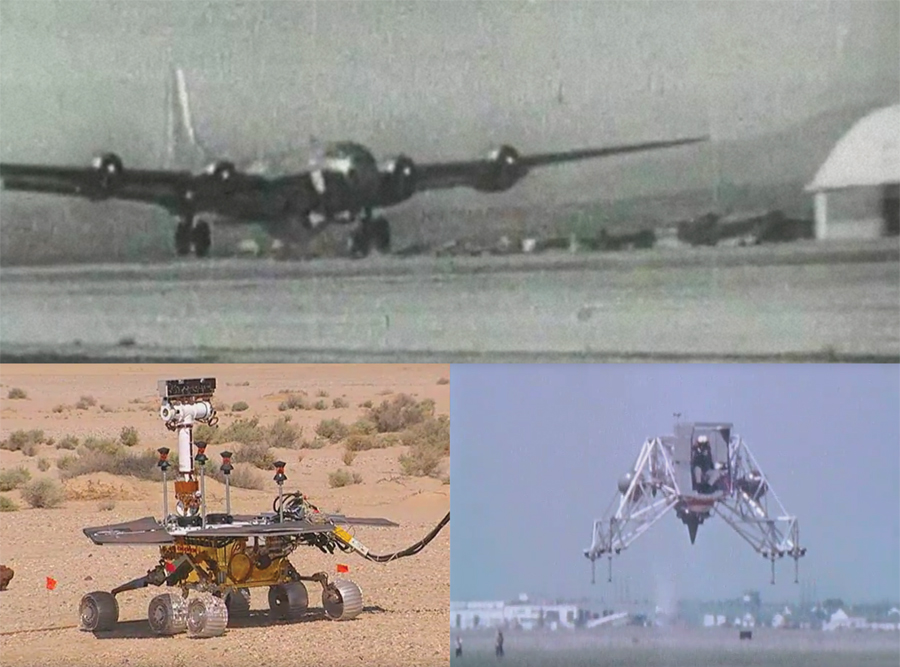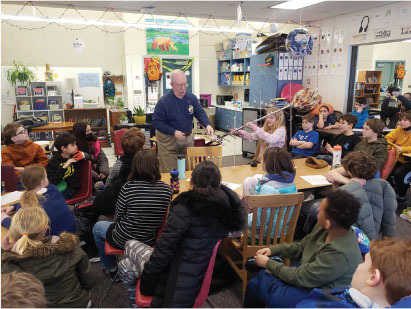September/October 2017
Variables
Click-Bait for Aeronautics Geeks
Aeronautics enthusiasts rejoice: a varied history of NASA flight research is now available for viewing on YouTube.
NASA’s Armstrong Flight Research Center, in Edwards, California, has been uploading the legacy videos to the social media site and its website. The center plans to migrate about 500 videos. The footage was previously available, but more difficult to find on other platforms.
Aircraft depicted in the legacy videos, dating from when the center was known as the Hugh L. Dryden Flight Research Center, range from the X-1 in 1947 to the F/A-18 Active Aeroelastic Wing in 2003. Footage for space fans includes videos of Lunar Landing Research Vehicle testing and training flights, such as one featuring astronaut Neil Armstrong in 1969, and tests of the Mars Exploration Rover.
The Dryden Legacy Gallery contains most of the recently uploaded content; however other “historic”-labeled playlists contain some of the videos as well.
YouTube allows the uploading of videos that might not be the highest quality but still hold value, explains Rebecca Richardson, social media manager with Media Fusion at NASA Armstrong. Previously most of the center’s YouTube footage was from the last few years. “Now, we have a collection of content that is both historic and current, allowing us to show how NASA Armstrong has progressed into the organization that it is today.”
The videos allow the public to better relate to NASA, Richardson says, by showing the “time, struggle, and dedication” involved in building the agency.
And for an engineering audience, the footage can demonstrate the pace of technological change and “the importance of being able to reflect on the past to propel yourself forward.”
A lot of the historical content is “extremely raw footage that shows both the positive and challenging aspects of flight and engineering,” Richardson explains. “This is important because the progression of technology is not always a clear and linear path; things don’t always go as planned.”
Her advice to viewers: “Never fail to see the value in everything that you do. In moments where you feel the work you have done, or the efforts you have made, are insignificant or ‘old news,’ you will likely look back one day and realize how valuable those steps were in getting you to where you needed to go.”
Access the videos at www.youtube.com/user/DrydenTV/playlists.

TOP: 1947 X1 (CREDIT: NASA ARMSTRONG FLIGHT RESEARCH CENTER)
BOTTOM-LEFT: MARS ROVER TEST
BOTTOM-RIGHT: LUNAR LANDING RESEARCH VEHICLE TEST WITH NEIL ARMSTRONG


 Volunteering at NSPE is a great opportunity to grow your professional network and connect with other leaders in the field.
Volunteering at NSPE is a great opportunity to grow your professional network and connect with other leaders in the field. The National Society of Professional Engineers (NSPE) encourages you to explore the resources to cast your vote on election day:
The National Society of Professional Engineers (NSPE) encourages you to explore the resources to cast your vote on election day:
